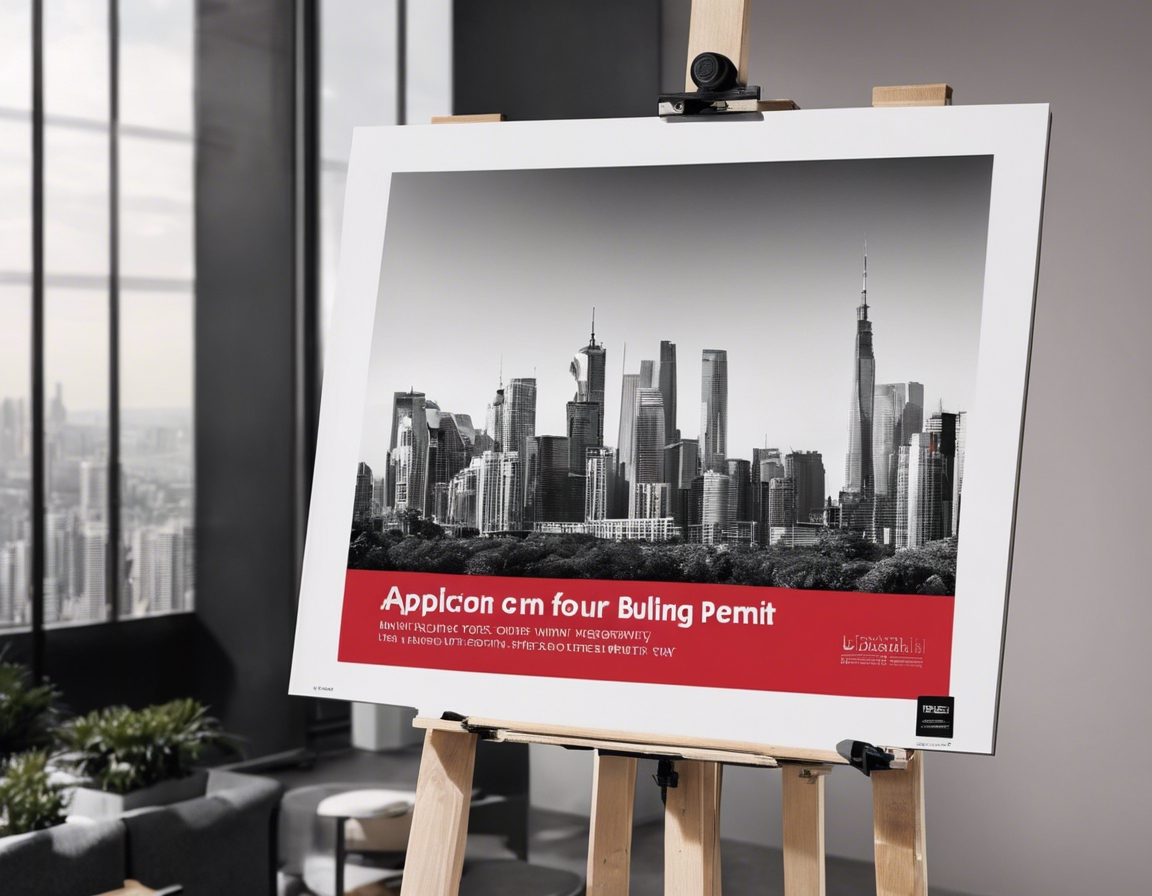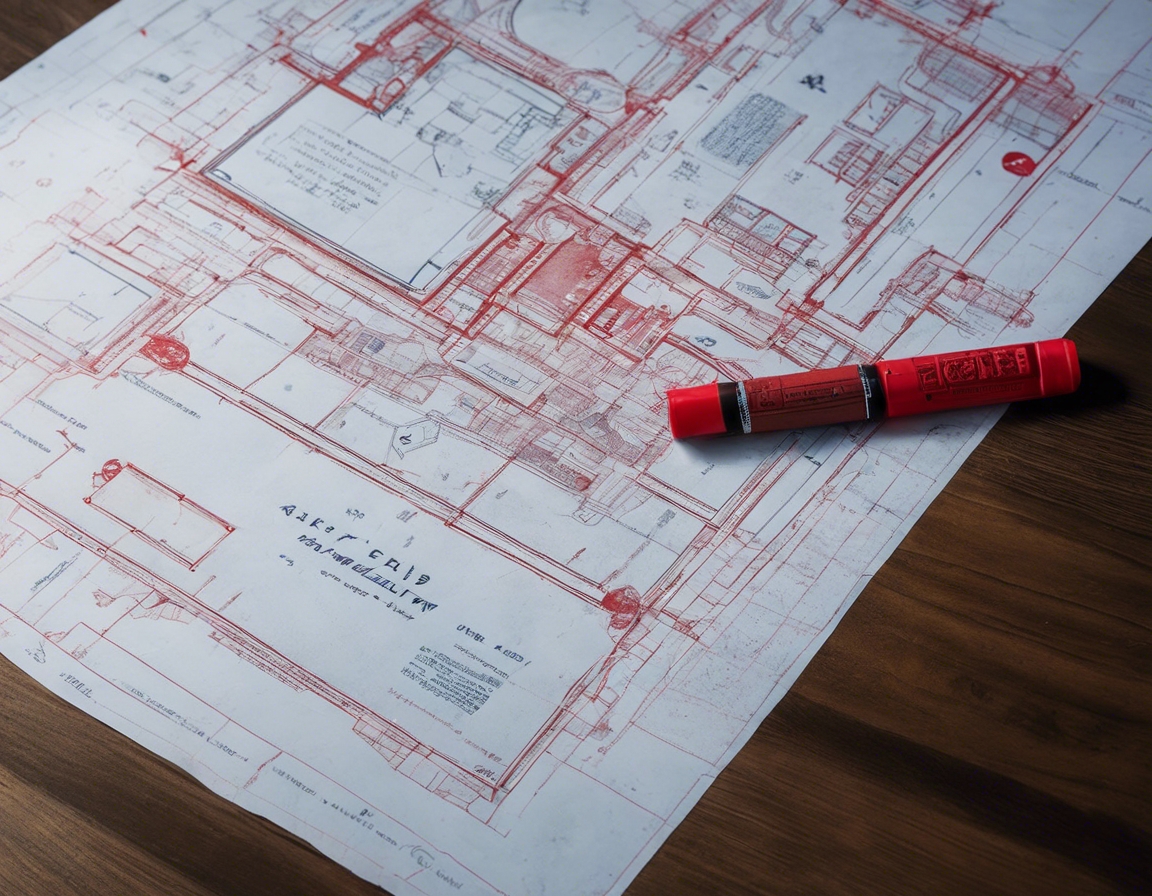The future of sustainable design in architecture
Sustainable architecture is a design philosophy that seeks to minimize the negative environmental impact of buildings by enhancing efficiency and moderation in the use of materials, energy, and development space. It's a dynamic field that encompasses a range of practices and techniques aimed at creating environmentally responsible and resource-efficient structures throughout a building's life-cycle.
The built environment has a profound impact on our natural environment, economy, health, and productivity. Sustainable design in architecture is not just a trend; it's a necessary approach to ensure that our living spaces can meet the needs of the present without compromising the ability of future generations to meet their own needs.
Emerging Trends in Sustainable Architecture
Architects and builders are increasingly turning to new materials and methods that reduce carbon footprints and improve building performance. From bamboo and recycled plastics to modular construction and prefabrication, these innovations are setting the stage for a more sustainable future in construction.
Designing buildings with optimal energy performance in mind is crucial. This includes the use of passive design strategies, high-performance building envelopes, and the integration of renewable energy sources such as solar panels and wind turbines.
Water scarcity is a growing concern, and sustainable architecture addresses this through water-efficient landscaping, rainwater harvesting systems, and greywater recycling.
Biophilic design is an innovative way of designing the places where we live, work, and learn. It connects buildings more closely to nature, which can reduce stress, enhance creativity and clarity of thought, improve our well-being and expedite healing.
Technological Advancements Shaping Sustainable Design
Smart technology is becoming integral to sustainable design, with systems that can monitor and manage building operations to optimize energy and water usage.
The advent of 3D printing technology in construction promises a reduction in waste and an increase in the speed and efficiency of building processes.
BIM is a digital representation of the physical and functional characteristics of a facility. It's a resource that supports decision-making about a facility from the earliest conceptual stages, through design and construction, to its operational life and eventual demolition.
Regulatory Frameworks and Certification Systems
Understanding and adhering to international standards and local building regulations is essential for sustainable architecture. These frameworks ensure that buildings are not only environmentally friendly but also safe and habitable.
Certification systems like LEED, BREEAM, and WELL are benchmarks for the design, construction, and operation of high-performance green buildings, which can validate a building's sustainability claims.
Challenges and Opportunities
While the benefits of sustainable design are clear, there are still challenges to its widespread adoption, such as higher upfront costs, a lack of awareness, and resistance to change.
Despite the perception of high costs, sustainable buildings can be highly cost-effective over their lifecycle, through reduced energy and water costs, increased property values, and improved occupant health and productivity.
The future of sustainable architecture is bright, with ongoing innovations and a growing recognition of the importance of designing buildings that are as environmentally friendly as they are functional and beautiful.






Comments (0)